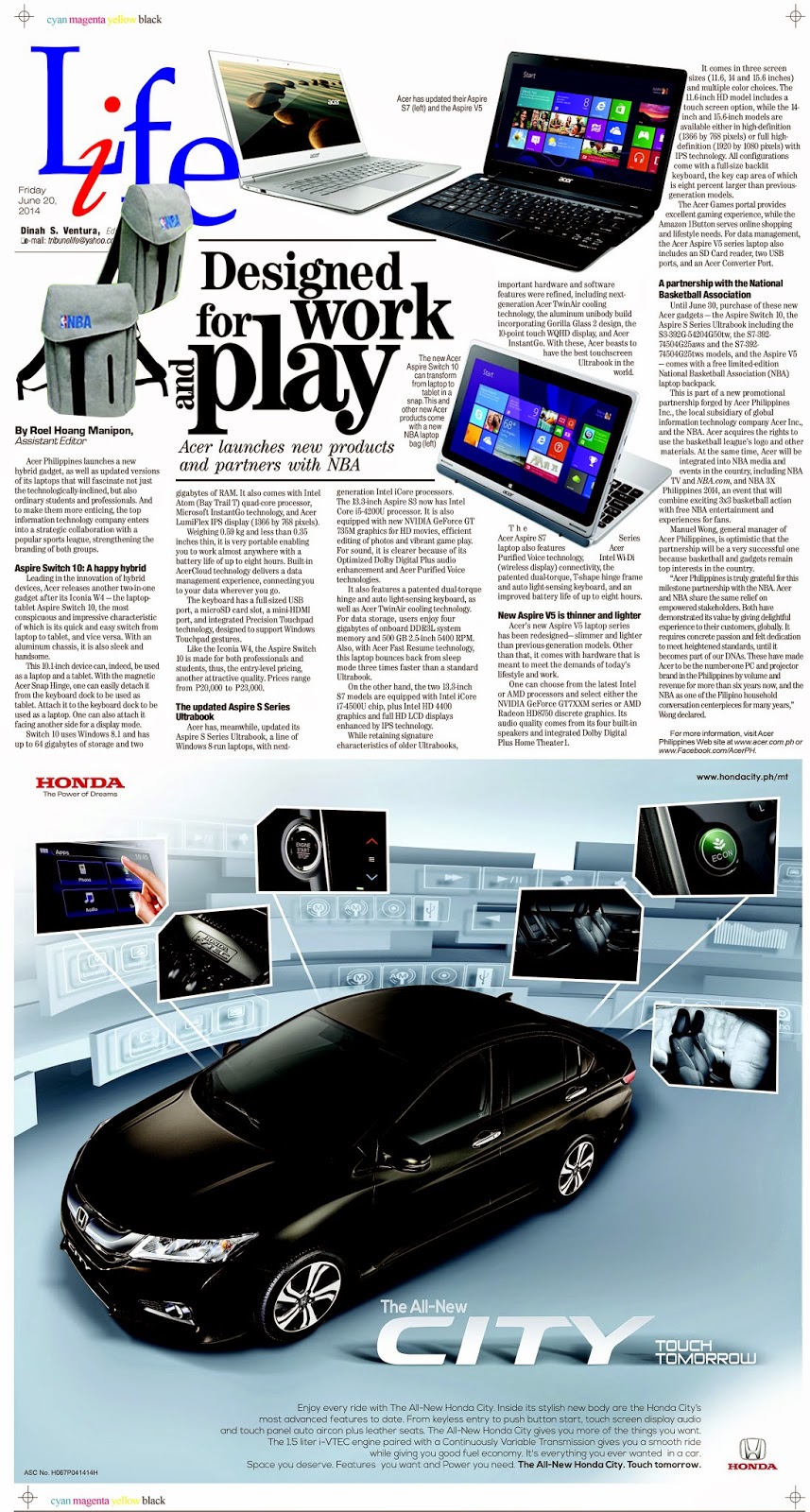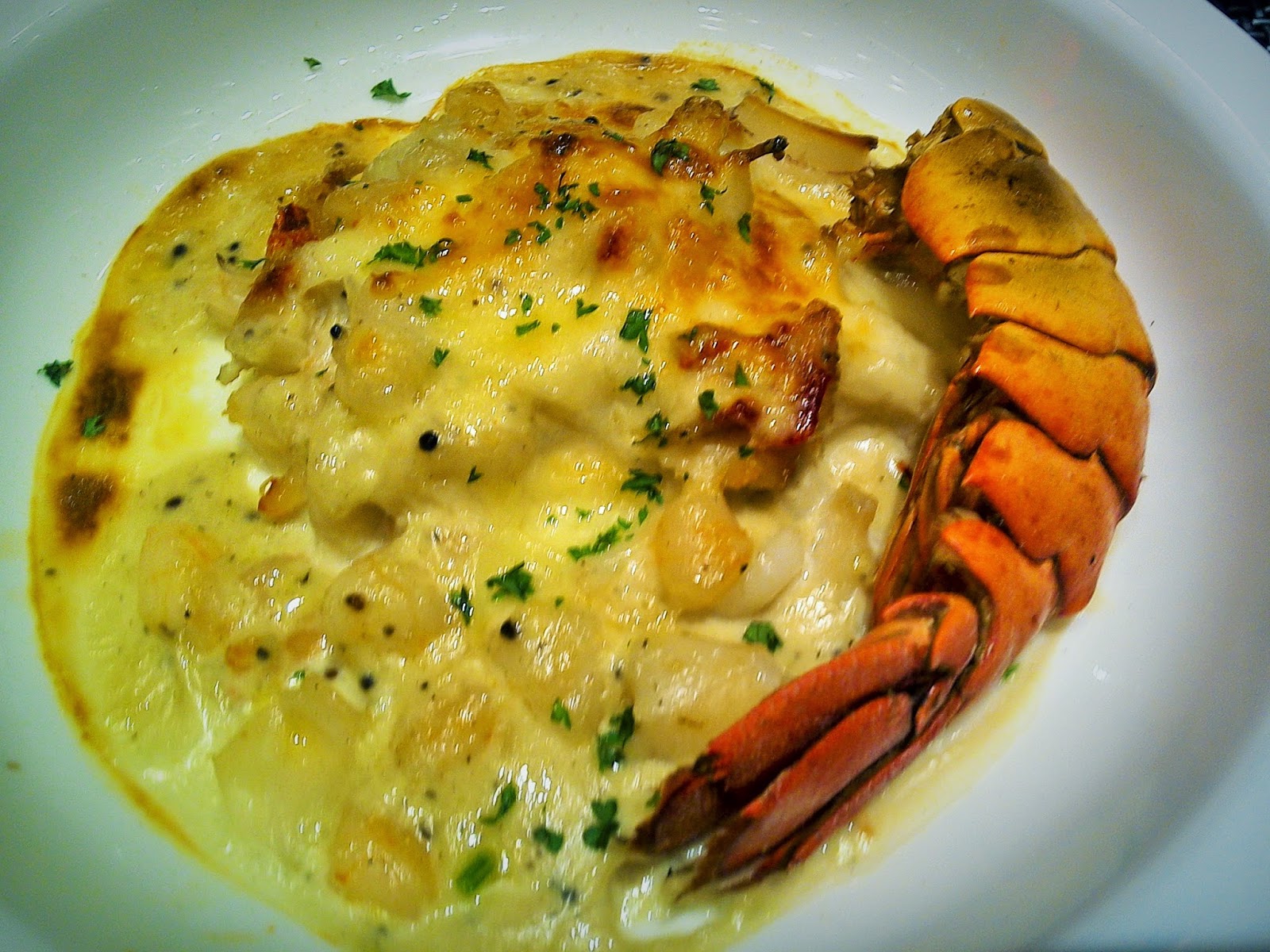 |
| Eminent anthropologist F. Landa Jocano |
For
a son, he was a man always on fire. For a colleague, he was an
esteemed guide and teacher. For a whole nation, he was a symbol for
inspiration and someone it owes an immeasurable debt of gratitude to.
F. Landa Jocano had always been the indefatigable researcher and
pioneering anthropologist.
The
magnitude of his contributions to the Philippines was realized when
he passed away on October 27, 2013, due to cardiac arrest at the age
of 83. Tributes have been held. Several months later, the National
Commission for Culture and the Arts (NCCA) posthumously bestowed him
its highest recognition, the Dangal ng Haraya, an award for a
lifetime of achievements in the arts and cultural work.
Jocano
was honored, the citation reads, "for his exemplary
contributions in the field of cultural and historical research,
having pioneered the use of participant observation a methodology in
Philippine ethnographic research" and "for being one of the
earliest Filipino social scientists who used his rigorous trainings
in anthropology as evidenced by earning his Ph.D. to produce numerous
groundbreaking studies and published works which served as reference
materials of educational institutions in the country and the basis
for creative cultural work."
The
simple and intimate ceremony was held on May 22, 2014, at the NCCA
Building in Intramuros, Manila. It was attended by NCCA officials led
by its chairman Felipe de Leon Jr. and acting executive director
Adelina Suemith; Jocano's friends and colleagues; and personages in
arts and culture. An excerpt of a Panay Bukidnon chant was performed
by Rodolfo Caballero, Panay Bukidnon chanter from Calinog, Iloilo.
National
Museum director Jeremy Barns announced that they will be naming a
wing after Jocano at the museum, which is undergoing renovation and
expansion after finally reacquiring the building which housed the
Department of Tourism. This came as a sweet surprise as Jocano's
career started at the National Museum.
Receiving
the Dangal of Haraya award was Jocano's son, Dr. Felipe Jocano Jr.,
who is also an anthropologist. His reminiscences on his father were
insightful, entertaining and inspiring. He could have gone on and on
all night long, and maybe for several nights, like the epic chant
Jocano helped popularize and preserve, but time was severely limited.
A
former student who became Jocano's collegue, Dr. Carolyn I.
Sobritchea, lecturer at the Asian Center, attempted to sum up his
works and contributions, refreshing the memories of those familiar
with him and educating those who weren't. Sobritchea had assisted him
in researching and writing his books on slum life and the Sulod. She
also edited and proofread some of his works.
Jocano
was known for his pioneering works in anthropology in the
Philippines, particularly his work on Philippine prehistoric
civilization.
"He
is widely known, here and abroad, for his numerous field studies and
publications on Philippine folklore, prehistory, cultural
communities, folk medicine and organizational culture,"
Sobritchea said.
Born
into a farming family in Cabatuan, Iloilo, on February 5, 1930, ninth
of eleven children, Jocano ran away to Manila after finishing
elementary school because his family could not afford to send him to
high school. He worked his way through secondary school at the
Arellano High School. He returned to Iloilo in 1954 where he finished
a Bachelor of Arts degree at the Central Philippine University in
1957. During this period, he developed an interest in folklore.
Eventually, he began searching for and studying epics in the
Philippines, leading to the publication of the Hinilawod,
a Central Visayan Folk Epic, for which he is widely known.
It
began with a question to a literature professor, related Jocano Jr.
The professor was teaching epics such as The
Odyssey,
the Iranian epics and Le
Morte d'Arthur.
Jocano asked if we have epics of our own. The professor answered,
"Well, we don't. If you want to find out, go ahead."
"Thus
began a journey in looking for epics which led to Central Panay.
After he recorded the chant, he went back to his professor. He went
and found it. That was the kind of person my father was," he
said.
Jocano
came to work at the National Museum through noted anthropologist
Robert Fox. Through a grant, he pursued graduate studies at the
University of Chicago, earning a Master in Anthropology in 1962 and a
doctorate degree in Social Anthropology in 1963.
When
he returned to the Philippines, he taught at the University of the
Philippines.
"Dr.
Jocano taught at the University of the Philippines for nearly half a
century," Sobritchea said. "He first joined the Department
of Anthropology in l967 then moved to the Asian Center in 1973 as
professor of Philippine Studies. He served as chairman of the UP
Department of Anthropology, director of Philippine Studies Program at
the UP Asian Center, dean of the UP Institute of Philippine Studies,
and head of Asian Center Museum Laboratory. He played a key role in
developing the content and direction of the graduate program in
Philippine Studies as well as the training programs for government
personnel of various government agencies such as the Foreign Service
Institute of the Department of Foreign Affairs, Department and the
National Defense College. As the head of the Asian Center Museum
Laboratory, he spearheaded the collection of cultural materials and
photographs of ethnic groups across the country for use in graduate
studies and appreciation, primarily of scholars and students. He
strongly argued for the rereading of pre-colonial history and
challenged the overly diffussionist slant of early works on this
period.
"Many
of Dr. Jocano's pioneering studies on Filipino values, folk medicine
and early-childhood socialization practices, among others, provided
rich data for the development of culturally-sensitive policies and
programs of schools and various government agencies," she
continued. "Indeed, his pioneering efforts to influence
development practitioners to ground their work on anthropological
knowledge have immensely contributed to the pursuit of policies,
programs and services that are attuned to the diverse values, social
contexts and aspirations of Filipinos."
For
these, Jocano received numerous awards including the Ten Outstanding
Young Men; (TOYM) award in 1965l; the 1971 Cultural Heritage Award,
given by the Philippine government; and the National Science Special
Award of Merit in 1974, given by the National Science Development
Board (NSDB). He was also listed among the 12 Top Scientists of the
Philippines by the National Research Council of the Philippines in
1988.
"For
us in the social science, this is a dream," Sobritchea said.
Other
awards included lifetime achievement awards in 2006 from the National
Museum and the UP Archaeological Studies Program. In 2007, he was
conferred the membership into the Philippine Legion of Honor with the
rank of Maringal na Pinuno (Grand Officer).
"But
what is perhaps the most valuable contribution of Dr. Jocano is the
knowledge and skills he imparted to his students," Sobritchea
averred. "As a classroom teacher and fieldwork supervisor, he is
fondly remembered for teaching people-centered ways of doing social
science research. He ensured the safety and security of everyone in
the field even as he also cautioned them to be always respectful of
the norms and practices of the communities being studied. He passed
on to his students the legacy of grounded theorizing and reflexive
ethnography. "
Those
who were not personally taught by Jocano learned from his numerous
books, which include Sulod
Society (1968);
Growing
Up in a Philippine Barrio (1969);
Folk
Medicine in a Philippine Community (1973);
Slum
as a Way of Life (1975);
Ilocano:
An Ethnography of Family and Community Life (1983);
Hiligaynon:
An Ethnography of Family and Community Life (1983);
Filipino
Indigenous Ethnic Communities: Patterns, Variations, and Typologies
(1998);
and Filipino
Prehistory: Rediscovering Precolonial Heritage (1998).
Jocano's
contribution to the study of Philippine folk literature is the
documentation and translation to English of the folk epic Hinilawod
of
the indigenous Panay Bukidnon of Western Visayas. From 1955 to 1957,
he spent time with the Panay Bukidnon chanters and eventually
published the book Hinilawod:
Adventures of Humadapnon (Tarangban I), reprinted
2007. Jocano Jr. was six years old when his father was transcribing
Hinilawod.
It was the sound to which he which he fell asleep.
The
anecdote was a glimpse on Jocano's work and family life fused
together. Many times, his work influenced family life. Jocano Jr.
remembered his father to be "always on fire from one idea to
another."
"His
unstoppable nature affected his family," he said.
He
recalled for two years, they lived in the slums when his father was
studying slum life. He remembered the violence in the community. His
father joked, why go to action movies when the real action is here.
Jocano
Jr. also said his father was a complex individual; it was not easy to
define him. Similarly, his works are not easily classified-whether
folk literature, prehistory, ethnography and others. But almost
everyone is sure of one thing-the inestimable value and impact of his
works.
Jocano
joins his fellow Dangal ng Haraya awardees, Dr. Jesus Peralta for
cultural conservation; Danny Dolor for cultural promotions; Felice
Sta. Maria for cultural management; and E. Arsenio Manuel and Isagani
Medina for cultural research, given on July 20, 2001; Efren Abueg,
Lourdes Saquing Dulawan, Purita Kalaw Ledesma, Augusto Villalon,
Basilio Esteban Villaruz, and the Philippine Association of
Printmakers, given on August 9, 2002; Dr. Rustica Carpio for writing
and art criticism; Amelia Lapeña-Bonifacio for cultural management;
Dr. Samuel Tan for cultural and historical research; and Pura
Santillan-Castrence, Corazon Iñigo, Gilda Cordero-Fernando and the
Organisasyon ng Pilipinong Mang-aawit headed by singer-actress Mitch
Valdez for the promotion of Philippine culture, given on February 23,
2007; and senator Edgardo Angara for patronage of arts and culture,
given on June 21, 2013.
The
Dangal ng Haraya was usually given together with the Alab ng Haraya
(Flame of Imagination). The two recognitions were created under the
leadership of NCCA chairman Jaime Laya and executive director
Virgilio Almario. Alab ng Haraya is given to artists, cultural
workers, works, groups and institutions, who had made an impact and
significant contribution to arts and cultural development in
categories such as published series of articles on culture and the
arts/cultural journalism or documentation, arts management,
choreography in dance, library and information services program,
production, individual recognition and cultural conservation. On the
other hand, the Dangal ng Haraya is the lifetime achievement award.
 | ||
| Dr. Felipe Jocano Jr. reminisced about his father |























